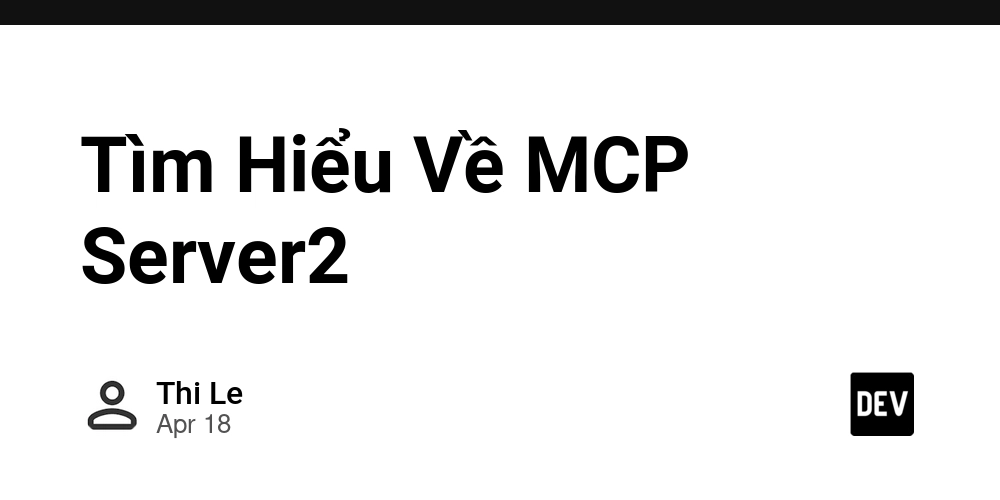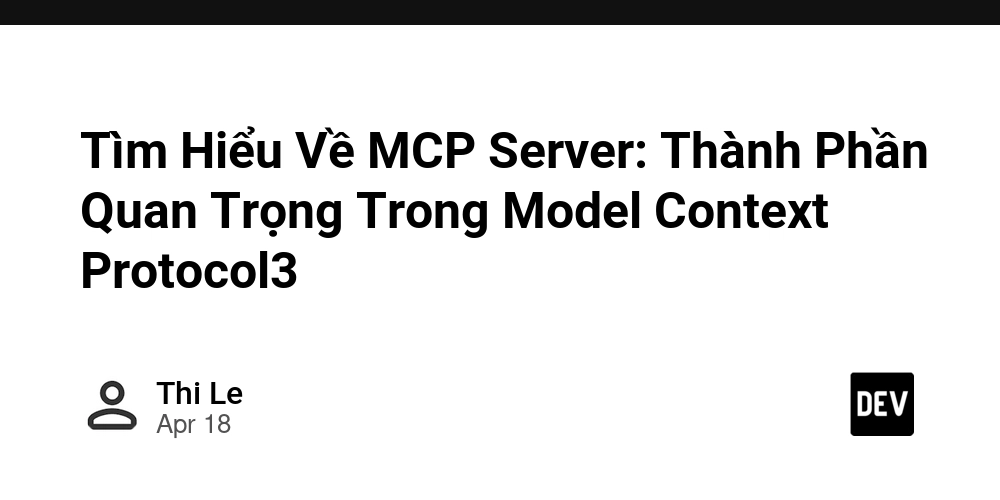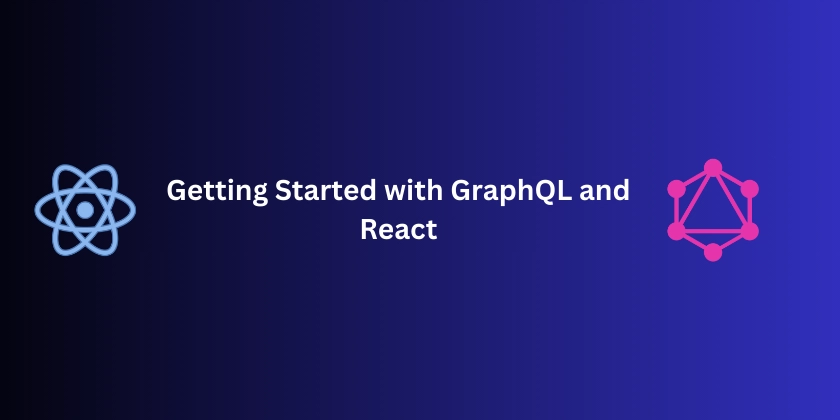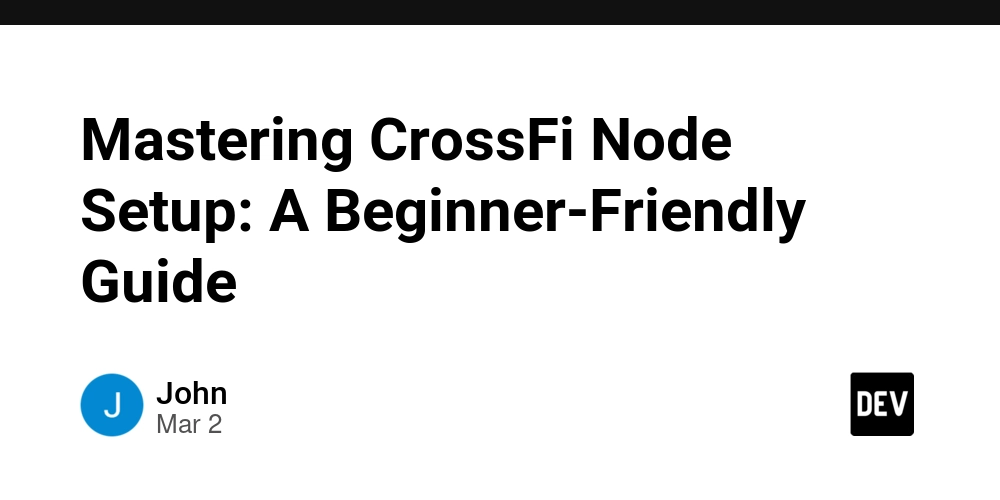Deployment Nowadays
Deployment for Small Projects at the End of 2024 As a software engineer, deployment has changed a lot since 3 years ago. Back in the days, Heroku was free and seen as a go to for deploying your project app. Recently, I have been looking to get a full stack app deployed for those who are getting into the industry. For these folks, it's pretty intimidating to juggle containers, servers, load balancers, and all the other pieces that make a production app “AWS real”. How do I architect a project deployment that just works for these people? How do I balance it with just the right amount of learning so they can step outside their learning zone. My goal in this deployment architecture is to give new developers—those straight out of a bootcamp and still getting comfortable with the idea of putting something on the internet—a way to quickly get their full-stack code live without wrestling with infrastructure headaches. I want them to be able to experiment, learn, and iterate, instead of feeling stuck, confused, or frustrated by the complexity that often comes with traditional cloud setups. Here's what I found. What’s the Specific Challenge Here? I remember being in their shoes: I just needed something that worked without having to understand every piece of the puzzle. I’m looking for a solution that’s light in terms of infrastructure, so newer devs can jump right into coding features and practicing new techniques. The idea is to give them the benefit of modern tooling and workflows—like automatic builds, test environments, and easy rollbacks—without expecting them to stitch it all together from scratch. Why Look Beyond AWS? AWS is an amazing platform, and we should use it. It’s also a huge world of its own. As a beginner, the complexity can be overwhelming: setting up EC2 instances, configuring IAM policies, understanding networking—it’s a lot. The last thing a new dev needs is to feel paralyzed by the sheer number of decisions to be made before a single line of code can go live, though I do believe that trial under fire is the fastest way to learn. Instead, I’m looking for something that “just works” out of the box, where the dev can stay focused on code rather than worrying about how to get that code on the internet. By choosing simpler platforms, we can help them build confidence and get quick wins, which ultimately helps them learn faster and stick around for the long haul. Where Have I Been Looking? A few platforms stand out as solid options: Vercel What’s Awesome: If you’re building a Next.js project, Vercel pretty much spoon-feeds you the deployment process. Push your code to GitHub, and Vercel handles the rest—builds, previews, deployments, all automated. They give you these super handy previews tied to each branch, so new devs can test their feature/dev branches. Gain confidence before going live. Database connections and serverless functions are pretty much managed for you, so you don’t have to think about servers at all. What’s Not So Great: The flip side of not having to think about servers is not really knowing what’s happening under the hood. Vercel abstracts everything away. For total beginners, this is actually a huge plus—until they outgrow that simplicity and need more control. It’s like training wheels: perfect when you’re starting, limiting once you want to roam further. Obviously you have less control than building out your app from scratch. Scaling and etc are not optimized. However, more users is a good problem to have, and building a well scaled architecture might be getting ahead of success. DigitalOcean & Droplets Why I Appreciate It: DigitalOcean gives you a straightforward virtual machine, which they call a Droplet. It’s simple, it’s familiar, and it’s closer to the “real world” feel of a Linux server that you can SSH into. - Setting up a Droplet for a small project is pretty painless, and you can scale up as you need. The Catch: Compared to Vercel, you’re now taking on a bit more operational overhead. Setting up CI/CD pipelines, dealing with deployment scripts, and figuring out monitoring tools might not be second nature for a brand-new dev. It’s still simpler than AWS but not as turnkey as Vercel. Render The Good Stuff: Render tries to give you the best of both worlds: easy deployments from Git, built-in SSL, automatic scaling, and a decent UI that doesn’t overwhelm. It supports everything from static sites to full backend services without feeling as complicated as AWS. Potential Downsides: There’s still some configuration and mental overhead. It’s definitely more beginner-friendly than AWS, but it’s not as effortless as Vercel’s “click a button and go” vibe. You may have to tinker a bit more, and that could slow down someone who’s really new. Where Do I Land Personally? If I imagine myself as a brand-new developer again, I think Vercel would feel like a dream come tr

Deployment for Small Projects at the End of 2024
As a software engineer, deployment has changed a lot since 3 years ago. Back in the days, Heroku was free and seen as a go to for deploying your project app.
Recently, I have been looking to get a full stack app deployed for those who are getting into the industry. For these folks, it's pretty intimidating to juggle containers, servers, load balancers, and all the other pieces that make a production app “AWS real”. How do I architect a project deployment that just works for these people? How do I balance it with just the right amount of learning so they can step outside their learning zone.
My goal in this deployment architecture is to give new developers—those straight out of a bootcamp and still getting comfortable with the idea of putting something on the internet—a way to quickly get their full-stack code live without wrestling with infrastructure headaches. I want them to be able to experiment, learn, and iterate, instead of feeling stuck, confused, or frustrated by the complexity that often comes with traditional cloud setups. Here's what I found.
What’s the Specific Challenge Here?
I remember being in their shoes: I just needed something that worked without having to understand every piece of the puzzle. I’m looking for a solution that’s light in terms of infrastructure, so newer devs can jump right into coding features and practicing new techniques. The idea is to give them the benefit of modern tooling and workflows—like automatic builds, test environments, and easy rollbacks—without expecting them to stitch it all together from scratch.
Why Look Beyond AWS?
AWS is an amazing platform, and we should use it. It’s also a huge world of its own. As a beginner, the complexity can be overwhelming: setting up EC2 instances, configuring IAM policies, understanding networking—it’s a lot. The last thing a new dev needs is to feel paralyzed by the sheer number of decisions to be made before a single line of code can go live, though I do believe that trial under fire is the fastest way to learn.
Instead, I’m looking for something that “just works” out of the box, where the dev can stay focused on code rather than worrying about how to get that code on the internet. By choosing simpler platforms, we can help them build confidence and get quick wins, which ultimately helps them learn faster and stick around for the long haul.
Where Have I Been Looking?
A few platforms stand out as solid options:
Vercel
What’s Awesome:
- If you’re building a Next.js project, Vercel pretty much spoon-feeds you the deployment process. Push your code to GitHub, and Vercel handles the rest—builds, previews, deployments, all automated.
- They give you these super handy previews tied to each branch, so new devs can test their feature/dev branches. Gain confidence before going live.
- Database connections and serverless functions are pretty much managed for you, so you don’t have to think about servers at all.
What’s Not So Great:
- The flip side of not having to think about servers is not really knowing what’s happening under the hood. Vercel abstracts everything away. For total beginners, this is actually a huge plus—until they outgrow that simplicity and need more control. It’s like training wheels: perfect when you’re starting, limiting once you want to roam further.
- Obviously you have less control than building out your app from scratch. Scaling and etc are not optimized. However, more users is a good problem to have, and building a well scaled architecture might be getting ahead of success.
DigitalOcean & Droplets
Why I Appreciate It:
- DigitalOcean gives you a straightforward virtual machine, which they call a Droplet. It’s simple, it’s familiar, and it’s closer to the “real world” feel of a Linux server that you can SSH into. - Setting up a Droplet for a small project is pretty painless, and you can scale up as you need. The Catch:
- Compared to Vercel, you’re now taking on a bit more operational overhead. Setting up CI/CD pipelines, dealing with deployment scripts, and figuring out monitoring tools might not be second nature for a brand-new dev. It’s still simpler than AWS but not as turnkey as Vercel.
Render
The Good Stuff:
- Render tries to give you the best of both worlds: easy deployments from Git, built-in SSL, automatic scaling, and a decent UI that doesn’t overwhelm.
- It supports everything from static sites to full backend services without feeling as complicated as AWS.
Potential Downsides:
- There’s still some configuration and mental overhead. It’s definitely more beginner-friendly than AWS, but it’s not as effortless as Vercel’s “click a button and go” vibe. You may have to tinker a bit more, and that could slow down someone who’s really new.
Where Do I Land Personally?
If I imagine myself as a brand-new developer again, I think Vercel would feel like a dream come true. The path from git push to seeing my app live on the internet is incredibly short. That kind of simplicity builds confidence quickly. As I grow and learn more about the ecosystem, I might start craving more control—maybe I want to run a background worker process or experiment with a custom deployment strategy. At that point, moving to something like DigitalOcean or Render could be a natural next step.
So, if I were helping a fresh grad from a bootcamp right now, I’d probably start them on Vercel. It’s like giving them a stable bike with training wheels. Once they’re comfortable, I’d nudge them towards Render or DigitalOcean, where they can get their hands a bit dirtier and learn some of those critical infrastructure skills that will serve them well later in their careers.
Wrapping Up
In a world where the cloud can be an intimidating beast, these simpler platforms act as welcoming guides. There’s no single “perfect” solution for every team or project. For small, growth-oriented teams with junior devs, it comes down to how much complexity you’re willing to shield them from at the start.
At the end of 2024, with all the tools and platforms at our disposal, I’m choosing to focus on the developers’ experience. By making deployment easy and accessible, we help them build confidence, learn the ropes, and ultimately become the kind of engineers who can tackle AWS (or whatever comes next) down the road. It’s all about meeting them where they are and giving them the environment they need to succeed.




























![[Webinar] AI Is Already Inside Your SaaS Stack — Learn How to Prevent the Next Silent Breach](https://blogger.googleusercontent.com/img/b/R29vZ2xl/AVvXsEiOWn65wd33dg2uO99NrtKbpYLfcepwOLidQDMls0HXKlA91k6HURluRA4WXgJRAZldEe1VReMQZyyYt1PgnoAn5JPpILsWlXIzmrBSs_TBoyPwO7hZrWouBg2-O3mdeoeSGY-l9_bsZB7vbpKjTSvG93zNytjxgTaMPqo9iq9Z5pGa05CJOs9uXpwHFT4/s1600/ai-cyber.jpg?#)














































































































































![[The AI Show Episode 144]: ChatGPT’s New Memory, Shopify CEO’s Leaked “AI First” Memo, Google Cloud Next Releases, o3 and o4-mini Coming Soon & Llama 4’s Rocky Launch](https://www.marketingaiinstitute.com/hubfs/ep%20144%20cover.png)




































































































































































































![Rogue Company Elite tier list of best characters [April 2025]](https://media.pocketgamer.com/artwork/na-33136-1657102075/rogue-company-ios-android-tier-cover.jpg?#)








































































_Andreas_Prott_Alamy.jpg?width=1280&auto=webp&quality=80&disable=upscale#)






































































































![Apple Watch Series 10 Back On Sale for $299! [Lowest Price Ever]](https://www.iclarified.com/images/news/96657/96657/96657-640.jpg)
![EU Postpones Apple App Store Fines Amid Tariff Negotiations [Report]](https://www.iclarified.com/images/news/97068/97068/97068-640.jpg)
![Apple Slips to Fifth in China's Smartphone Market with 9% Decline [Report]](https://www.iclarified.com/images/news/97065/97065/97065-640.jpg)


































































































































